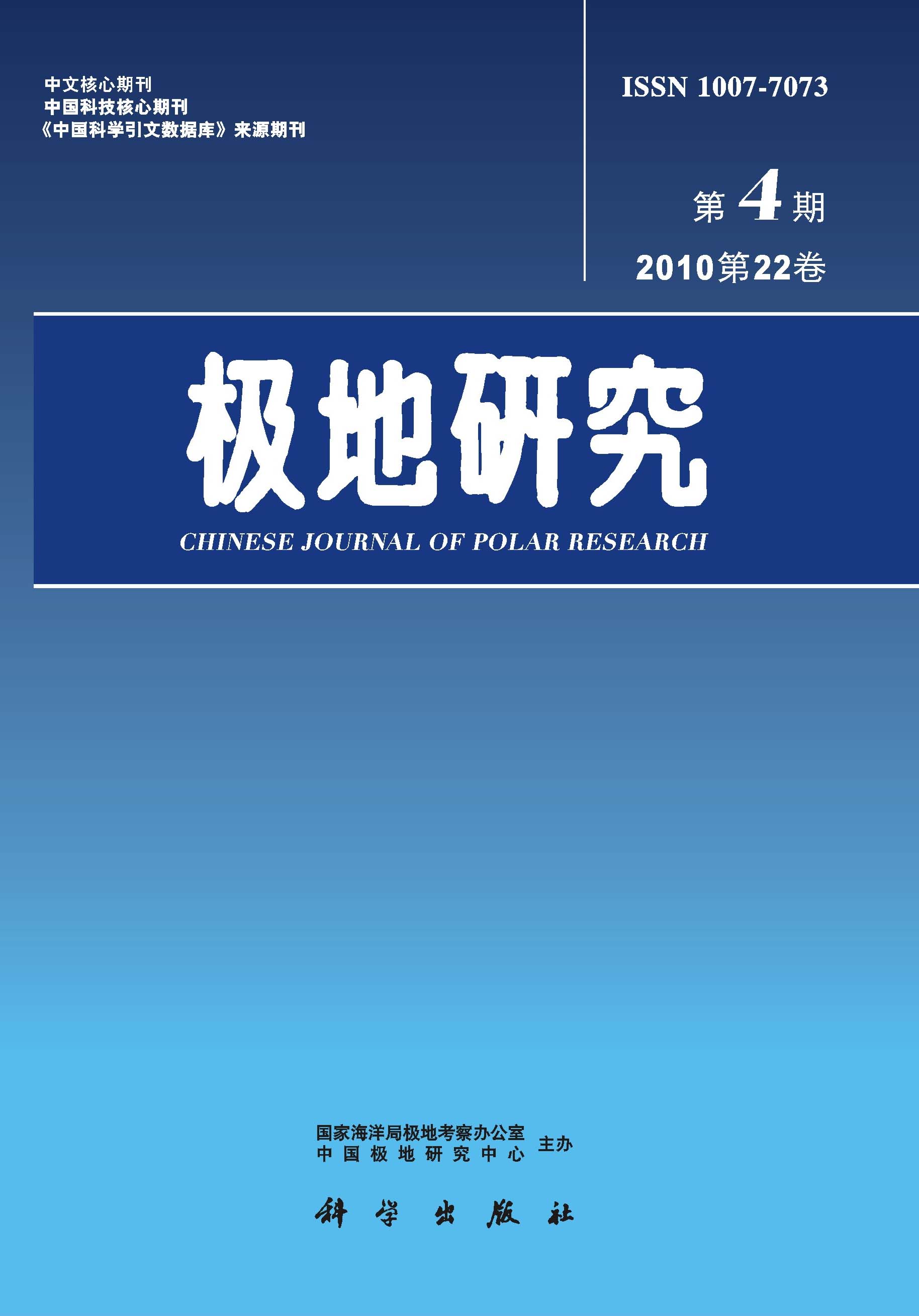Samples from another Earth like planet of the solar system is now available due to discovery of Martian meteorites.Up to 10 Martian meteorites covering 4 petrographic types have been found so far,including 4 meteorites collected in the Antarctic area. In this review paper,discovery on petrology,mineralogy,bulk chemical composition,isotopic compositions of light elements and noble gases,and chronology of the Martian meteorites are summarized. In addition,a preliminary discussion is concerned on chemical compositon of the Martian mantle,Martian magamatism and chemical weathering on the Martian surface,based on the study of Martian meteorites.

